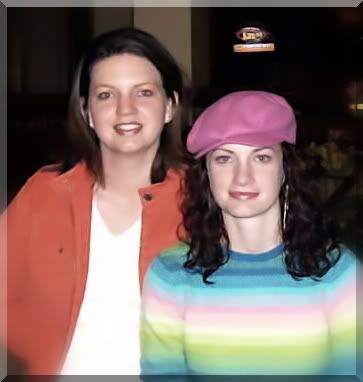 Regardless of your industry or your profit-making status, establishing yourself as an expert brings customers to your door, the media to your phone and visitors to your Web site. But how do you establish expertise?
Regardless of your industry or your profit-making status, establishing yourself as an expert brings customers to your door, the media to your phone and visitors to your Web site. But how do you establish expertise?Be a resource! Read on for five no nonsense ways to stand up and be counted.
1. Provide good content.
Have an up-to-date Web site with content that give people a reason to visit now and then. Articles, opinion pieces, tips, links should all be considered. And keep it fresh. Regularly changing content keeps them coming back for more.
If you manage a doggie day care, include tips about dog care and training, articles on preparing your dog for boarding or fun ideas for doggy birthdays. Or even what doggie moms and dads should look for when choosing day care.
Or maybe you're a massage therapist. Incorporating content on simple stretches you can do at your desk or even extolling the virtues of therapy for people of all ages. When I was pregnant, I sought out resources about pre-natal massage. Had I come across a massage therapist's Web site with relevant content, I'd have been on the phone immediately. As it was, I searched for days before finding a therapist I was comfortable with.
2. Network.
Participating in local organizations like the chamber of commerce or a business leads group is a way to network with other small business owners in your community. Look for a women in business group or even a local Rotary club if you're not sure where to go. Also consider joining industry groups to get fresh ideas from like-minded folks and share resources.
3. Write.
Contribute letters to the editor or opinion-editorials to your local paper. Write newsletter articles for the above-mentioned networking groups. Or start your own newsletter! Collect the email addresses of customers, vendors, industry professionals and colleagues (we call these your stakeholders), you can easily send out a monthly or quarterly email newsletter with tips, articles and opinion pieces.
And, if you haven't guessed already, you can use this material on your Web site and submit them for publication elsewhere. One piece can be repurposed many times, giving you more bang for your buck.
4. Speak.
When you participate in community groups, volunteer for worthy causes and generally get to know people inside and outside your industry, you'll find opportunities to speak are abundant. This, of course, means that you have to overcome your fear of public speaking. With Web resources a'plenty, you can gather advice to help. And practice makes perfect. The more you speak, the more comfortable you are behind the lectern.
5. Tell People.
Finally, just let those in your sphere of influence know that you're interested in writing, speaking and contributing as an expert in your industry. You know what they say, you can't make the sale if you don't ask.
Need a plan? or a writer? or just some advice? Just ask.
- Kelli











